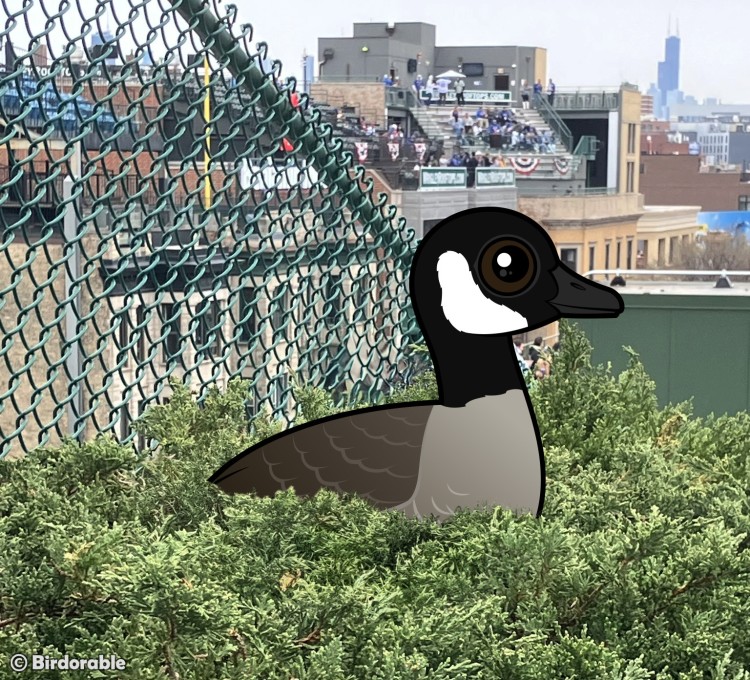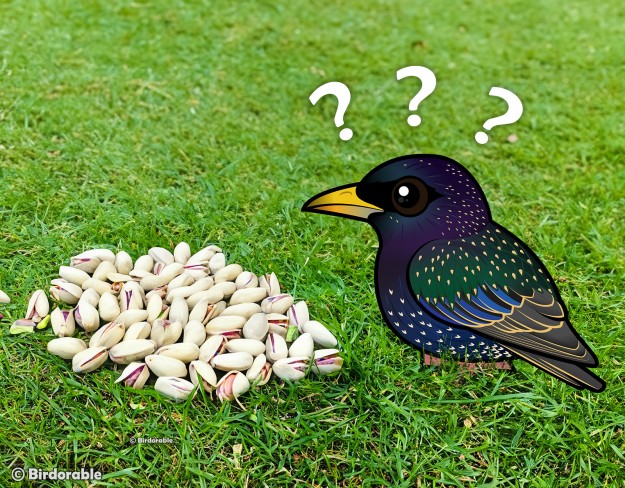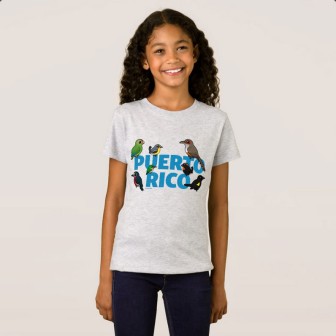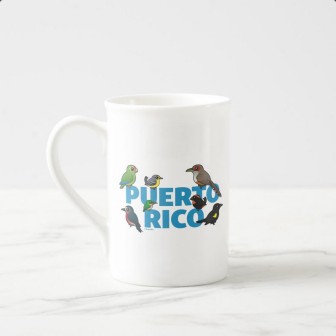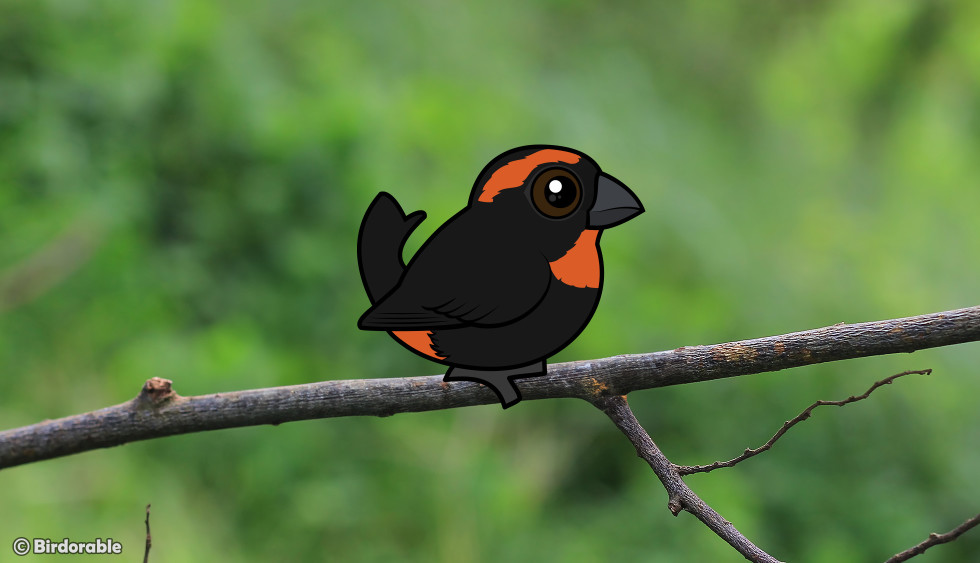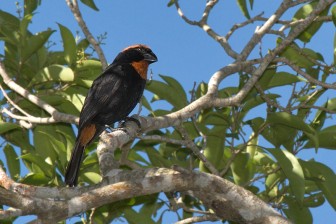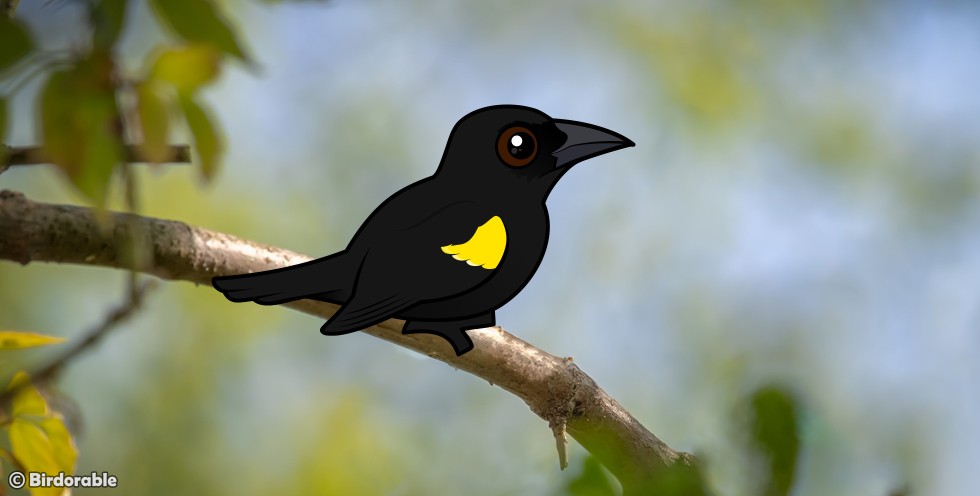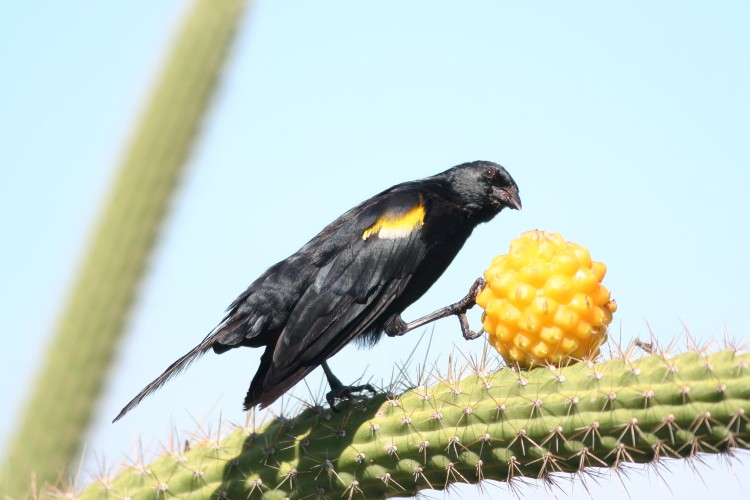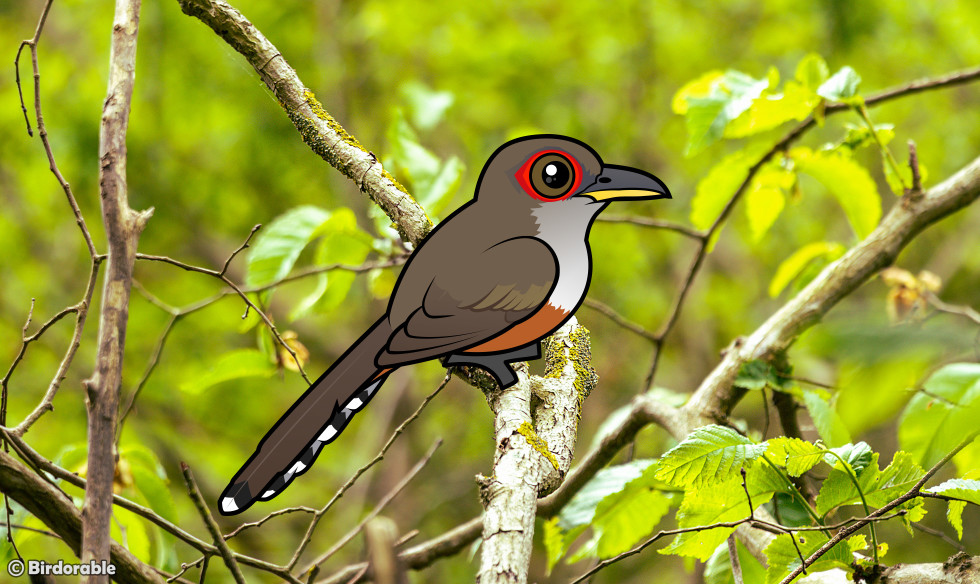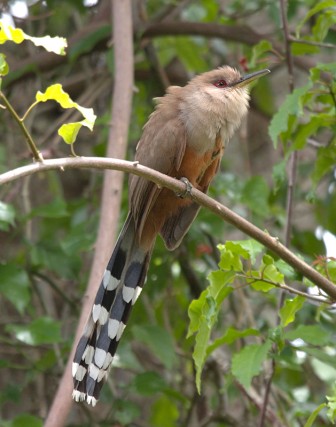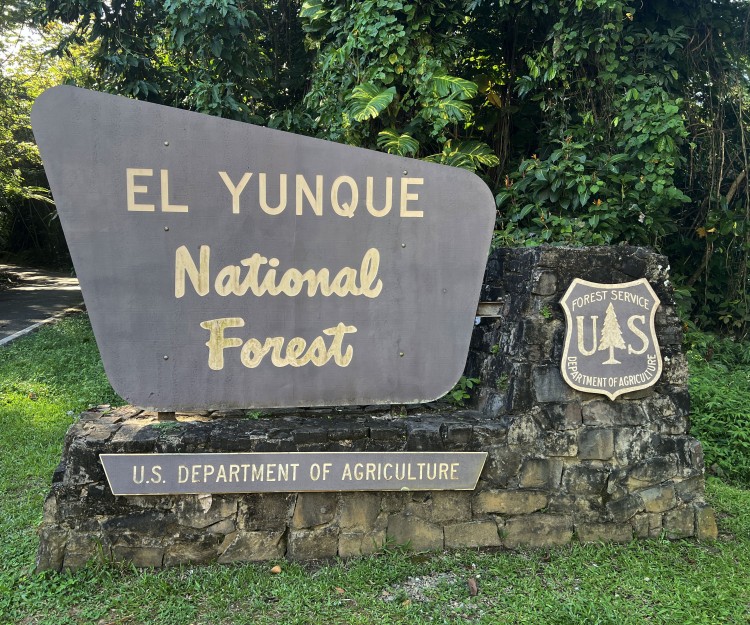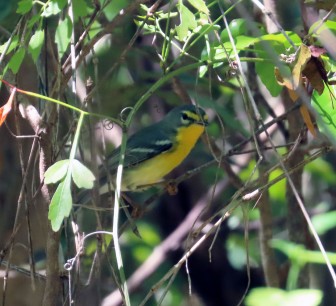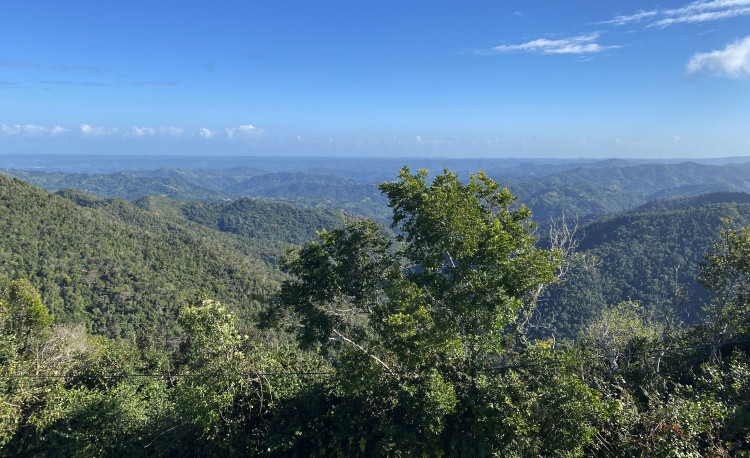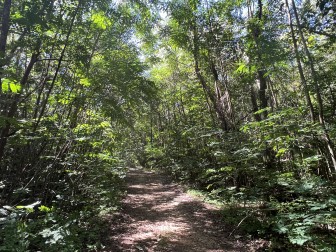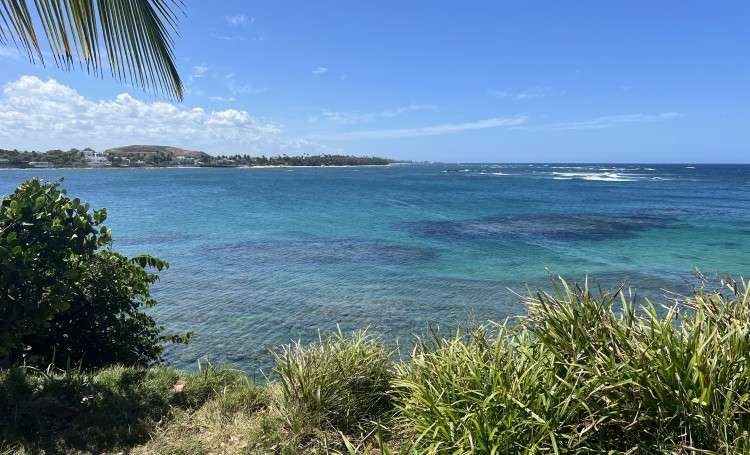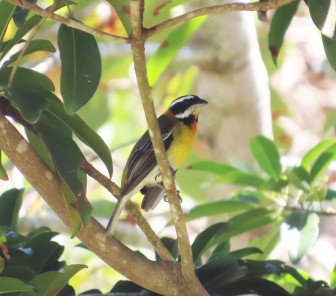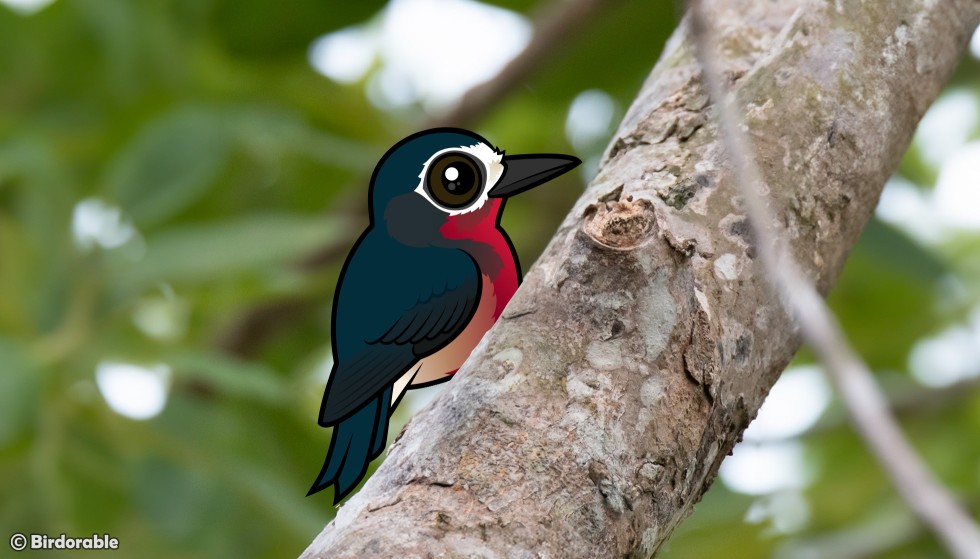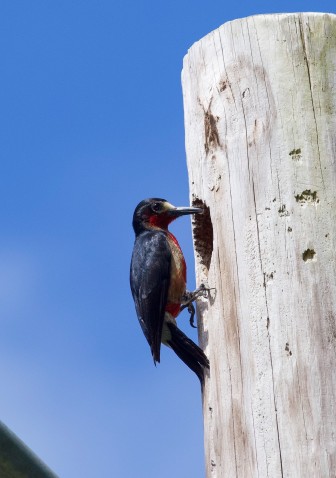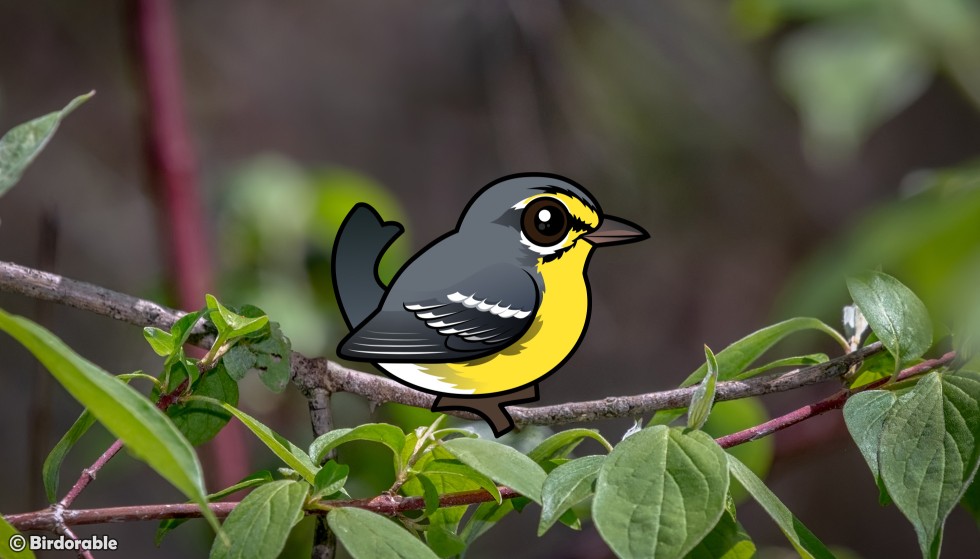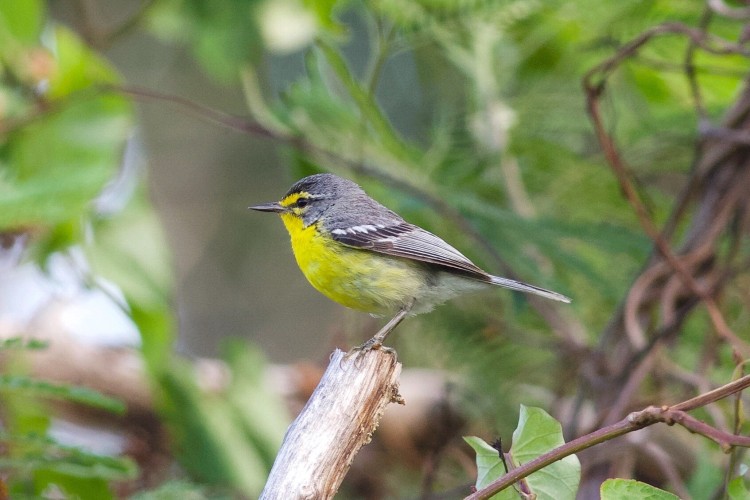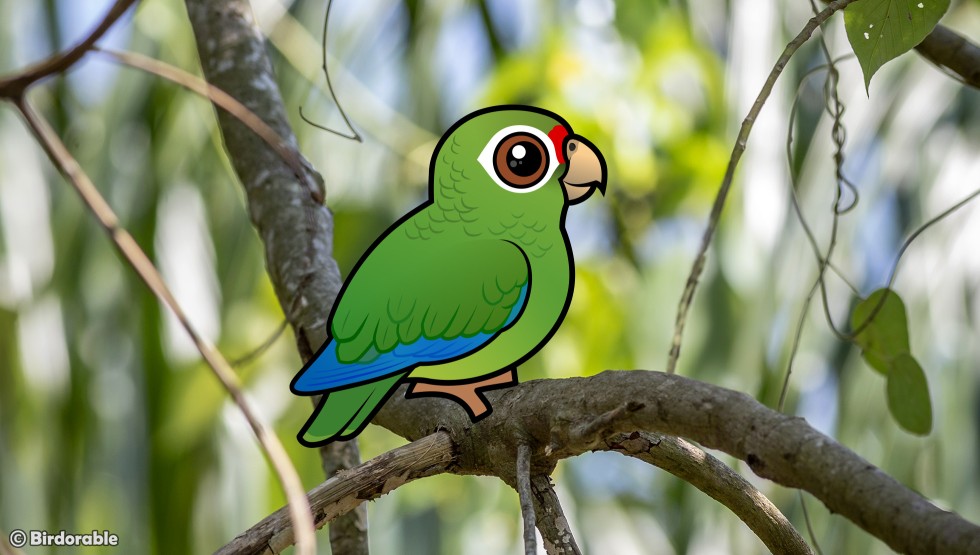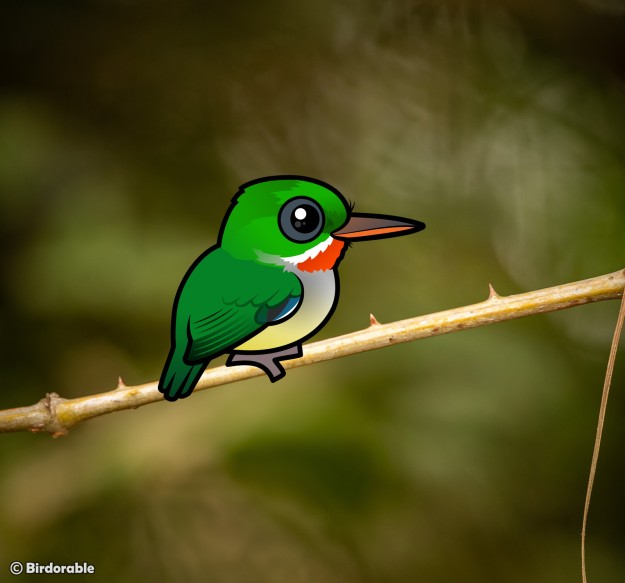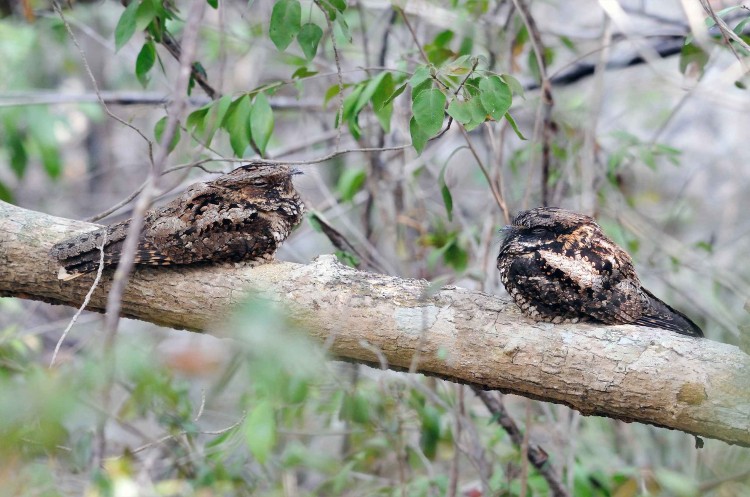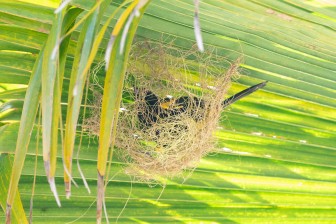Puerto Rico Week continues today with another new endemic bird added to Birdorable: the Yellow-shouldered Blackbird!
The Yellow-shouldered Blackbird is known locally as mariquita de Puerto Rico. or just mariquita. Across South America, mariquita refers to a ladybug; in Caribbean countries its the name of a fish. Puerto Ricans may also refer to the bird as Capitán. This striking blackbird gets its common English name from the bright yellow patches on its shoulders, which stand out against its otherwise glossy black plumage. Males and females look similar, though males are slightly larger, and tend to be more vocal.
The Yellow-shouldered Blackbird is primarily found along Puerto Rico’s southwest coast, especially in mangrove forests, coastal dry forests, and nearby open areas. While we tried to find this species on a couple of different outings during our Puerto Rico trip, this was one that we unfortunately missed.
Despite its striking appearance and local nickname, the Yellow-shouldered Blackbird is not as well-known internationally as some other Puerto Rican birds, partly because it is critically endangered. Its population has declined drastically due to habitat loss, urban development, and one particularly sneaky threat: the Shiny Cowbird.
Shiny Cowbirds, like Brown-headed Cowbirds, are nest parasites. They lay their eggs in the nests of other birds—including Yellow-shouldered Blackbirds—and leave the host parents to raise their chicks. This behavior often leads to the failure of the blackbird’s own offspring, contributing to the population decline. In response, scientists and conservationists in Puerto Rico have worked hard to manage cowbird populations, protect blackbird nesting sites, and raise awareness about the species.
